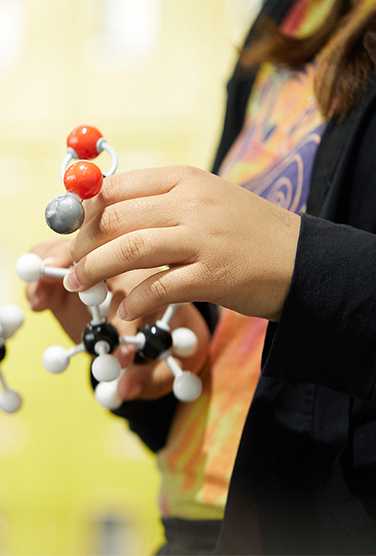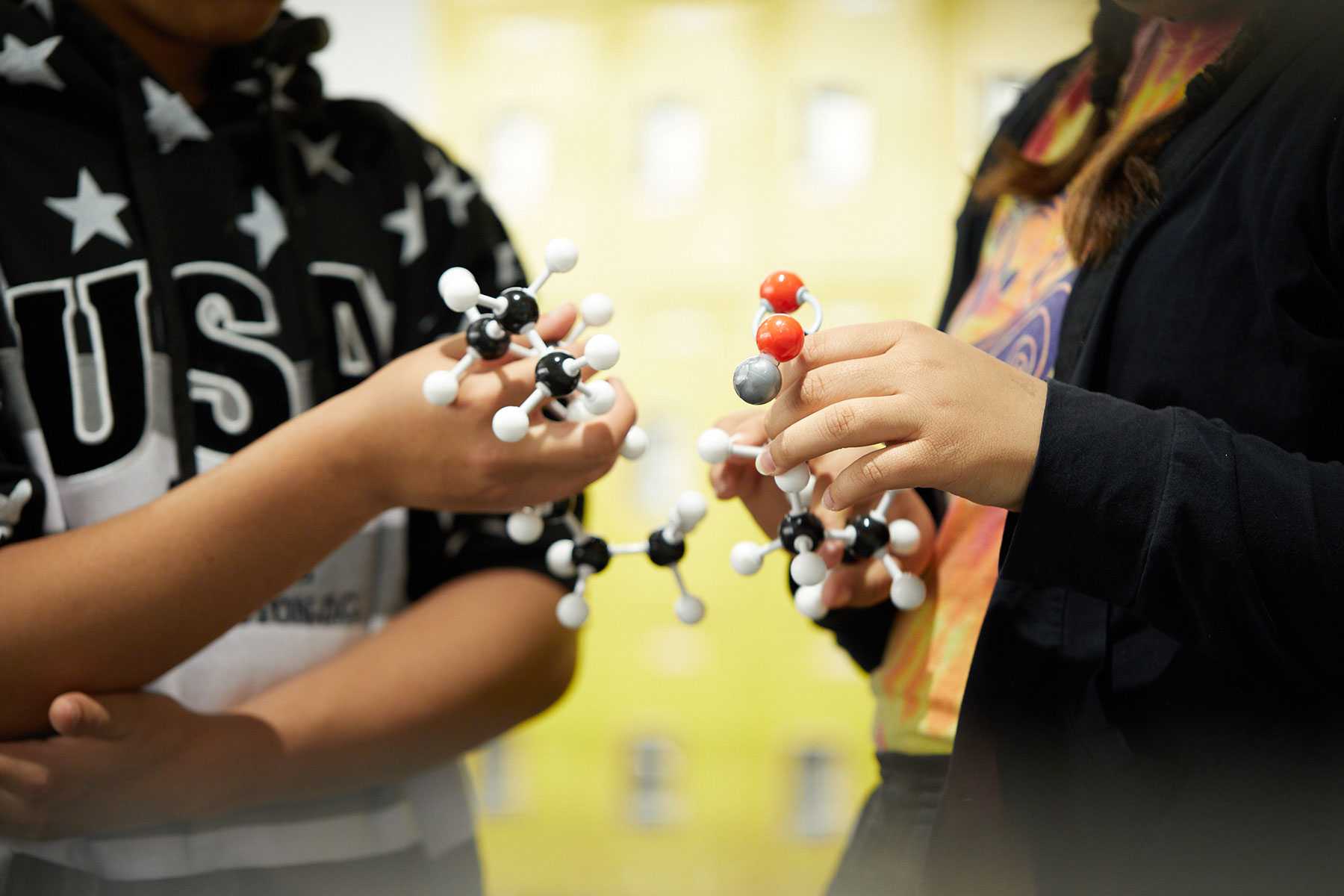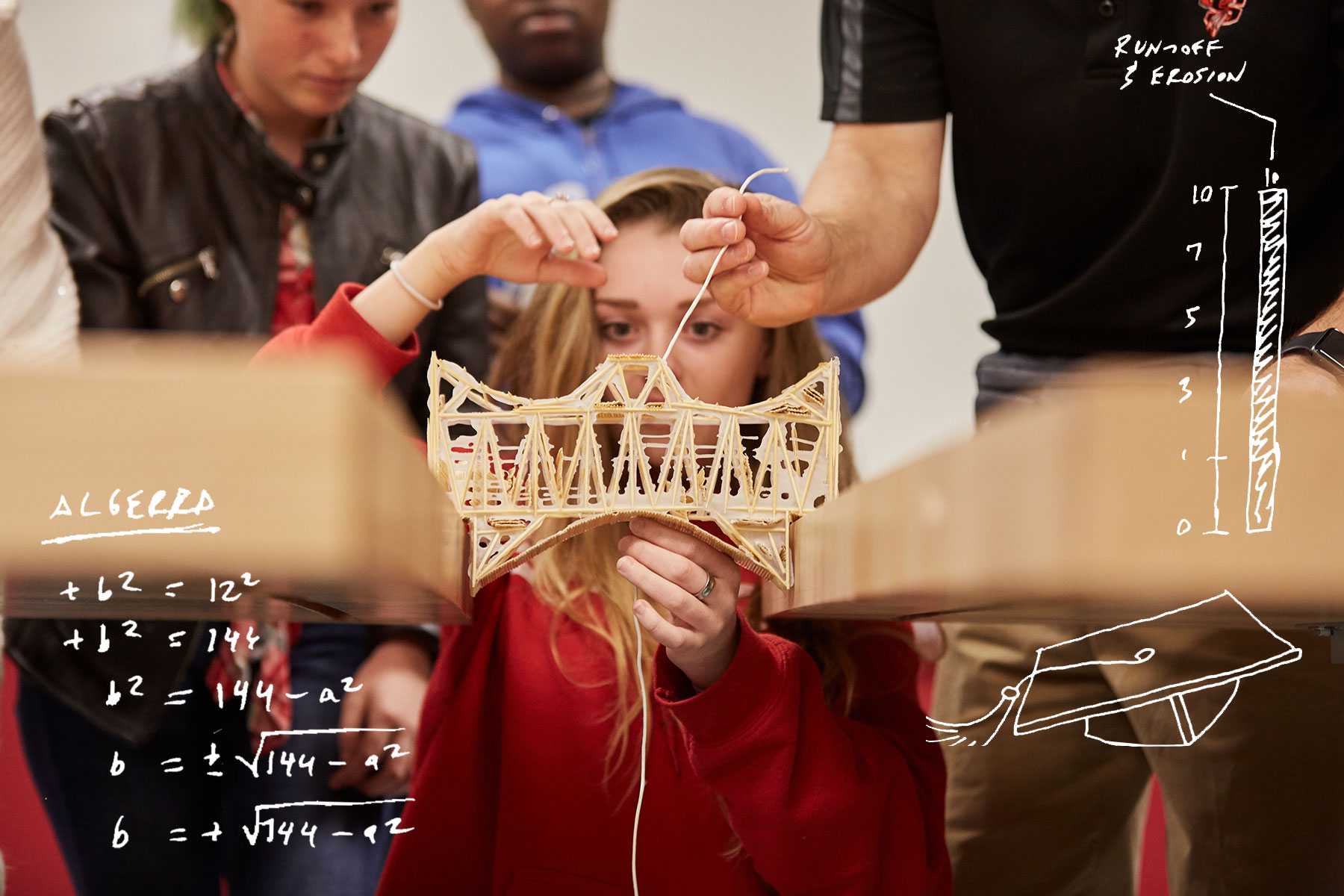

The Science of Adolescent Learning
How do teenagers learn and grow?
We’ve learned so much in the last decade about the human brain and our capacity for continuous learning.
Advances in psychology and neuroscience are fundamentally changing the way we understand how adolescents develop into capable, independent, and confident adults.
By understanding and applying the fundamentals of brain science, we can empower young people to become agents of their own learning.
Why This Topic Matters
Adolescence is prime time for learning, as students shape their identities and consider who they are and who they want to become. Along with the early years, it’s also a period of rapid brain development. Despite what many people believe, high school is not too late.
To reach their potential, students need to build on a foundation of skills and knowledge they establish during their high school years. A growth mindset helps: students with growth mindsets understand that their talents can be developed through perseverance and hard work.
Advances in neuroscience confirm that learning is social, and that caring and trusting relationships with adults are a foundation for adolescent learning. These relationships are especially important for students who have experienced adversity and trauma.
Questions to Explore and Discuss
- What are the implications of new information about adolescent psychology and brain development for teaching and learning? How can schools enable or thwart the caring, trusting relationships students need?
- How are innovative schools, organizations, or programs applying this knowledge in new and interesting ways? How is it informing their use of remote and hybrid learning? What can we learn from their work?
- How can schools foster intellectual development and the growth of positive identity by making learning deeper and more engaging? How can we help students appreciate their growing competence and experience satisfaction and joy in their own identities as learners?
